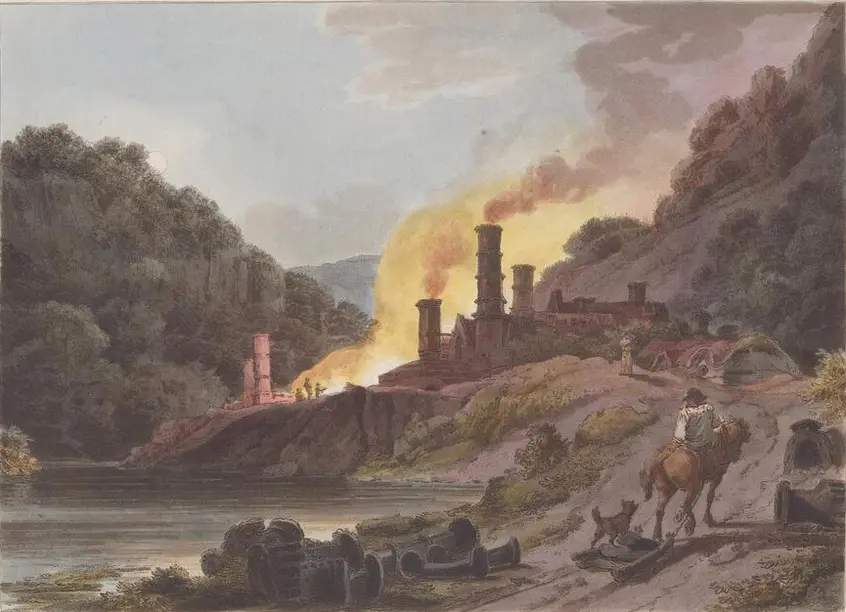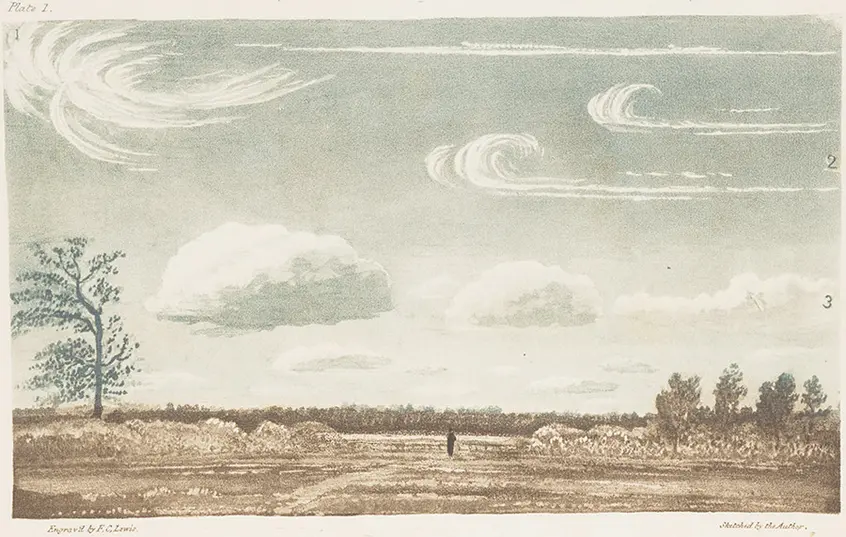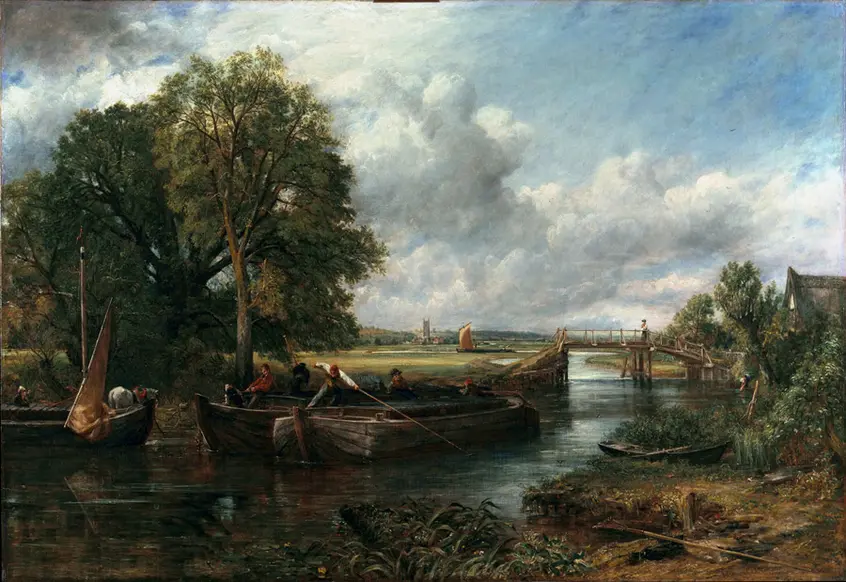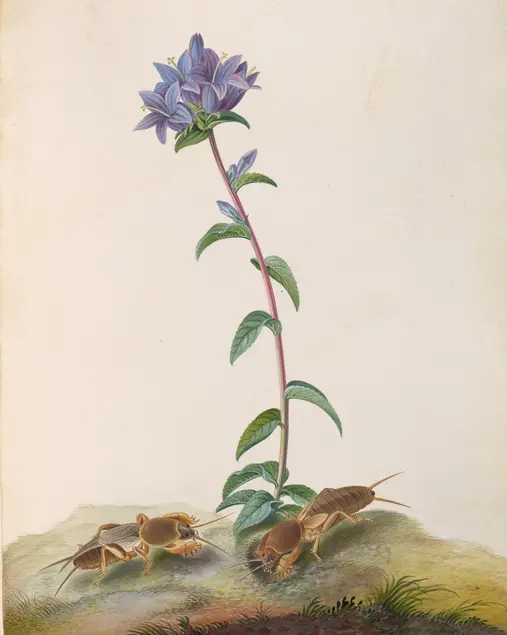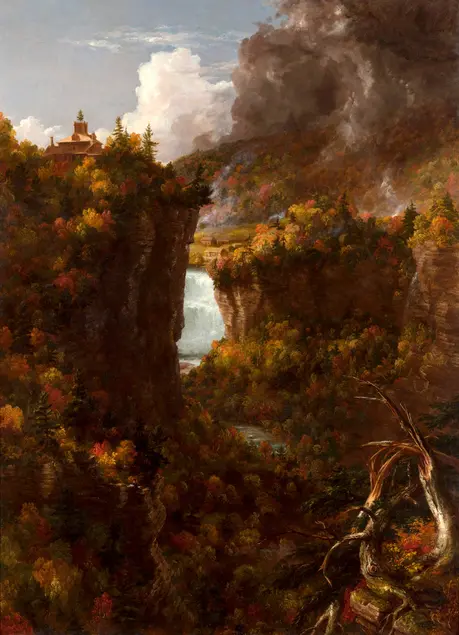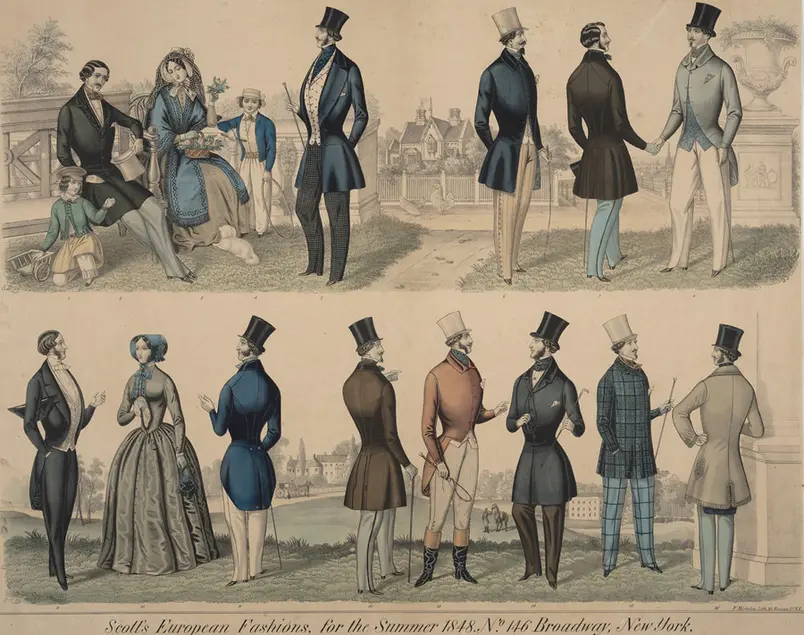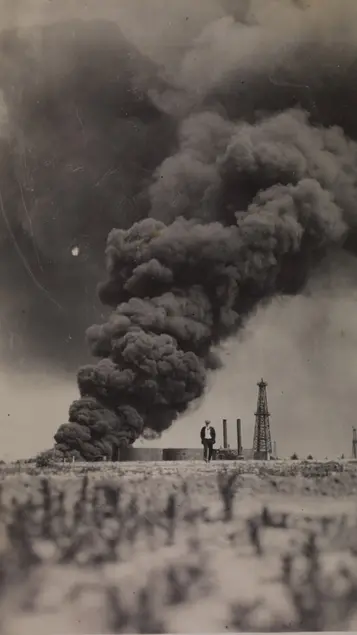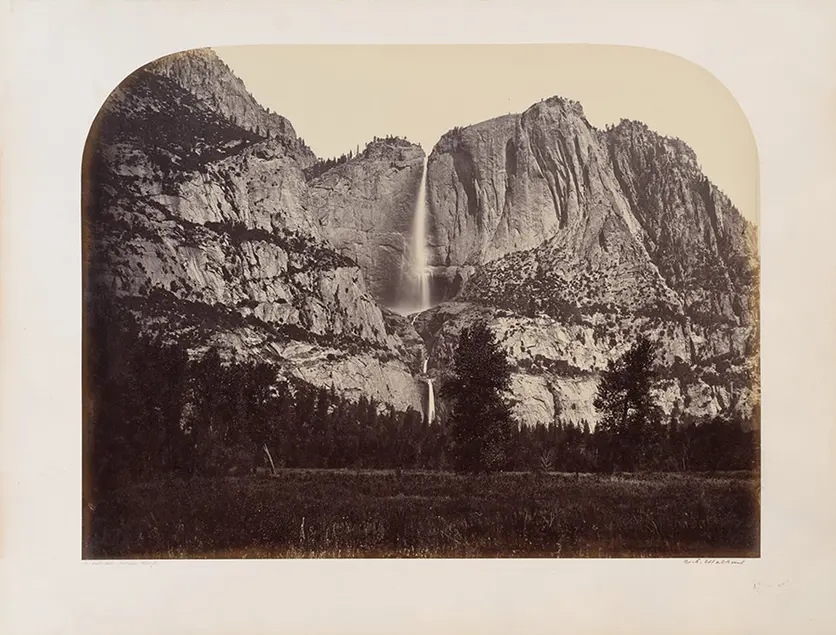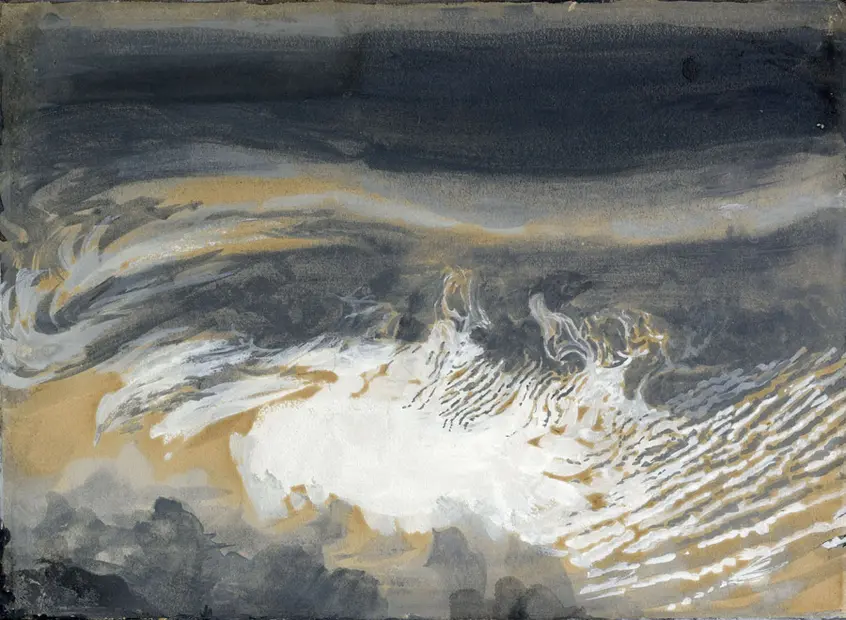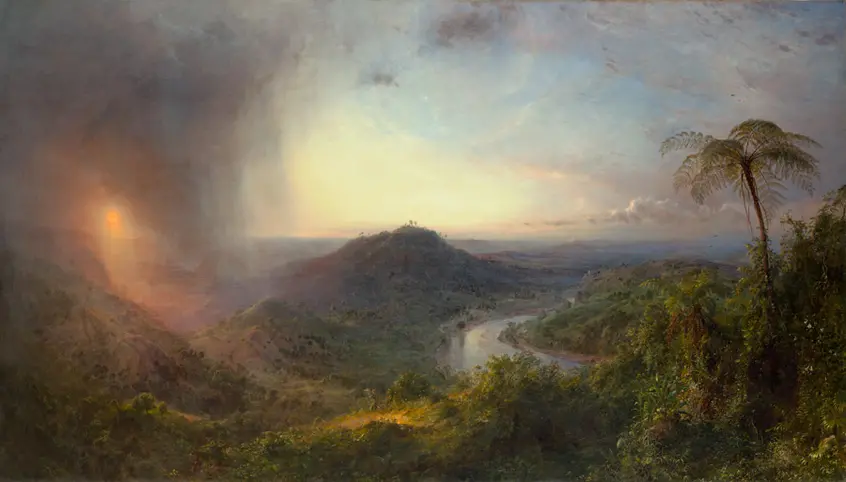“Storm Cloud: Picturing the Origins of Our Climate Crisis” is part of Getty's PST ART: Art & Science Collide initiative.
Sept. 14, 2024–Jan. 6, 2025
MaryLou and George Boone Gallery
SAN MARINO, Calif.—The Huntington Library, Art Museum, and Botanical Gardens will present “Storm Cloud: Picturing the Origins of Our Climate Crisis,” a major exhibition that puts today’s environmental issues in historical context, examining the profound changes that industrialization and a globalized economy have wrought on everyday life across the English-speaking world, as charted by artists, scientists, and writers during the 19th century. On view in the MaryLou and George Boone Gallery from Sept. 14, 2024, through Jan. 6, 2025, “Storm Cloud” will feature nearly 200 items, including scientific illustrations and specimens, rare books, photographs, manuscripts, and ephemera, in addition to paintings, drawings, and textiles from The Huntington’s expansive collections. These materials will be supplemented by key loans from other collections in the United States and Britain. The exhibition will be complemented by a richly illustrated companion book of the same title.
“Storm Cloud” and the Huntington exhibition “Growing and Knowing in the Gardens of China” will run concurrently as part of PST ART: Art & Science Collide, a regional event presented by Getty featuring more than 60 exhibitions and programs that explore the intersections of art and science, both past and present.
The exhibition’s title “Storm Cloud” comes from a series of lectures given in 1884 by British writer and art critic John Ruskin. In “The Storm Cloud of the Nineteenth Century,” Ruskin expressed concern over the changing appearance of the English sky due to the smoke generated by coal-fired factories. A pair of drawings that illustrate his “Storm Cloud” lecture—Thunderclouds, Val d’Aosta (1858) and Cloud Study: Ice Clouds over Coniston (1880)—will be on loan to the exhibition from the Ruskin Museum and Research Centre at Lancaster University (U.K.). Ruskin made drawings of the sky throughout his life. These records of his observations helped him understand how the appearance of the sky had changed due to industrial pollution.
Like many of his contemporaries, Ruskin was deeply engaged in current scientific developments. Over the course of the 19th century, the sciences of geology, paleontology, and meteorology, and the developing science of ecology expanded knowledge about natural systems. With increasing public interest in science, Europeans and Americans were becoming more aware of the impact humans had on the environment. The exhibition’s structure is rooted in The Huntington’s collections—whose strengths are in art and historical materials from the British and American empires, as well as the history of science—showing scientific findings in conversation with works by artists and writers to reveal the deep interconnections between art and science.
A broad range of objects will trace growing environmental awareness over the course of the 19th century. Significant paintings by artists of the Romantic and Pre-Raphaelite movements and the Hudson River School will be shown alongside rare manuscript materials, such as Henry David Thoreau’s handwritten draft of Walden. Photographs of western American mountain ranges will be displayed alongside materials from the archives of early 20th-century conservationists John Muir and Mary Hunter Austin. “Artifacts, including rocks and pocket watches, as well as fashion accessories and textiles, reassert the link between objects of everyday life and the histories of their extraction and production, connecting fossils and fossil fuels, cotton plantations and the Luddite rebellion,” said Karla Nielsen, curator of literary collections at The Huntington and co-curator of the exhibition. “By moving from England to the Western United States, from the late 18th century to the early 20th, the exhibition charts the impact of the coal-powered Steam Age and the emergence of the petroleum-based economy.”
The first section of the exhibition, “A New Relationship to Nature,” focuses on humans’ connection with the natural world by presenting such works as John Constable’s View on the Stour Near Dedham (1822). The monumental oil painting reflects the artist’s practice of closely observing nature and capturing on canvas the sensations of natural phenomena such as rain or sunlight. Manuscripts by William and Dorothy Wordsworth will be placed alongside multiple guidebooks to England’s Lake District, which were geared to the English public’s growing interest in hiking as a form of recreation and respite from city life. The exhibition’s other sections link the arts and science more explicitly. A selection of Constable’s “cloud studies” will be juxtaposed with drawings of clouds by pioneering British meteorologist Luke Howard, demonstrating the shared interest in close observations of natural phenomena.
“The emphasis on detailed descriptions of the natural world in the work of such artists as Constable, Thomas Cole, and Frederic Edwin Church reveals how the environment was affected by human actions during their lifetimes,” said Melinda McCurdy, The Huntington’s curator of British art and co-curator of the exhibition. “Pollution and deforestation are just two of the most easily observed changes. ‘Storm Cloud’ will feature paintings that record these altered landscapes. At the same time, many 19th-century artists and writers suggested nature was something to be experienced for pleasure and was therefore worth preserving.”
Thomas Cole’s monumental Portage Falls on the Genesee (ca. 1839) is a powerful tribute to the natural world and a warning about humankind’s effects on it. The painting, a gift to The Huntington in 2021 from The Ahmanson Foundation, depicts a landscape under threat, and the lone figure of the artist—dwarfed by the immense upstate New York gorge that he is sketching—stands witness. As the workers camp depicted just above the falls indicates, construction for a new canal was about to commence. The roiling gray clouds and the blasted tree in the lower right of the composition suggest an awareness of humanity’s destructive power.
“Storm Cloud” also confronts the plantation system and its links to environmental issues, including erosion and the loss of biodiversity caused by centuries of monocrop agriculture, that continue to affect places such as Jamaica. Frederic Edwin Church’s painting Vale of St. Thomas, Jamaica (1867) depicts Jamaica as an untouched paradise, but it also shows evidence of severe drought, exacerbated by deforestation resulting from plantation agriculture. Church was selective in what he depicted. His painting omits the homes and cultivated plots of the valley’s residents, formerly enslaved people who suffered the worst effects of the drought. “The story of the environment cannot be separated from the human condition,” McCurdy noted. “As the exhibition traces industrialization’s effects on nature, it will also consider such practices as empire building, slavery, and factory labor that were integral to the economy of the period.”
The exhibition will demonstrate a range of artistic and activist responses to industrialization during the 19th century—from celebration to complaint, revolt to resignation, and greenwashing to muckraking. “By exploring the historical origins of our climate crisis, we aim to provide a perspective on our present moment and hopefully galvanize a desire to seek solutions,” Nielsen said.
While most of the objects in “Storm Cloud” are from the 19th century, there are works by contemporary artists that will draw connections between concerns of the past and the present climate crisis. The exhibition will include Los Angeles–based artist Rebeca Méndez’s Any-Instant-Whatever (2020), a video projection that was recorded on a roof in LA from dawn to dusk on a single January day. The video emphasizes the timelessness of clouds but also their mutability. Their constant presence and shifting appearance suggest their ability to absorb and reflect human activity.
Related publication
The Huntington and Yale University Press will publish a companion book, Storm Cloud: Picturing the Origins of Our Climate Crisis. Edited by Melinda McCurdy and Karla Nielsen, the book includes two major essays by experts in art history and literature, as well as a series of smaller entries on individual objects, encompassing a spectrum of voices, including scientists, activists, artists, and representatives of Indigenous knowledge. The book will be available Sept. 14, 2024, at the Huntington Store or online at thehuntingtonstore.org.
Related programming
The Huntington will present an array of public programs to complement “Storm Cloud,” including a research conference, family programs, and a Youth Climate Summit that will engage high school students in a dialogue focused on youth-driven solutions to the climate crisis.
This exhibition is made possible with support from Getty through its PST ART: Art & Science Collide initiative.
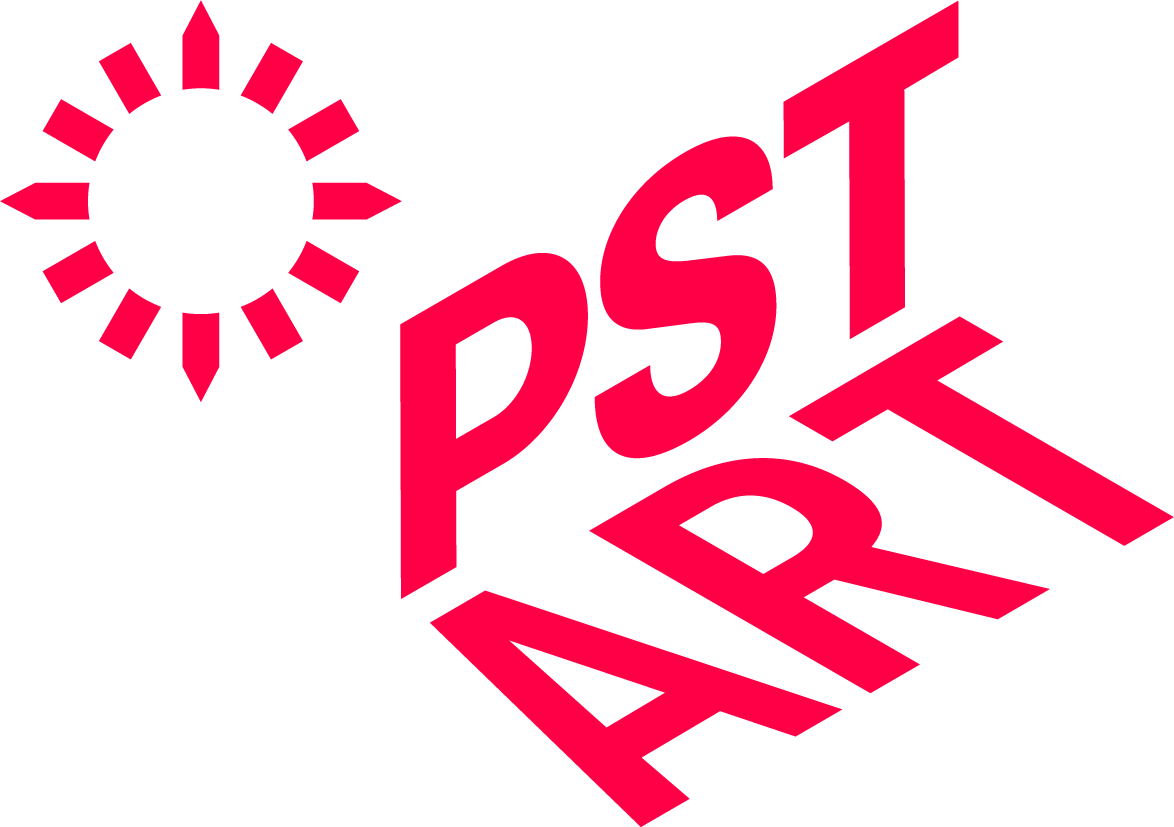
Generous support for this exhibition is provided by the Tianqiao and Chrissy Chen Science Initiative and the Douglas and Eunice Erb Goodan Endowment. Additional funding is provided by The Gladys Krieble Delmas Foundation, The Neilan Foundation, The Ahmanson Foundation Exhibition and Education Endowment, The Melvin R. Seiden-Janine Luke Exhibition Fund in memory of Robert F. Erburu, and the Boone Foundation.
This exhibition is supported in part by the National Endowment for the Arts.
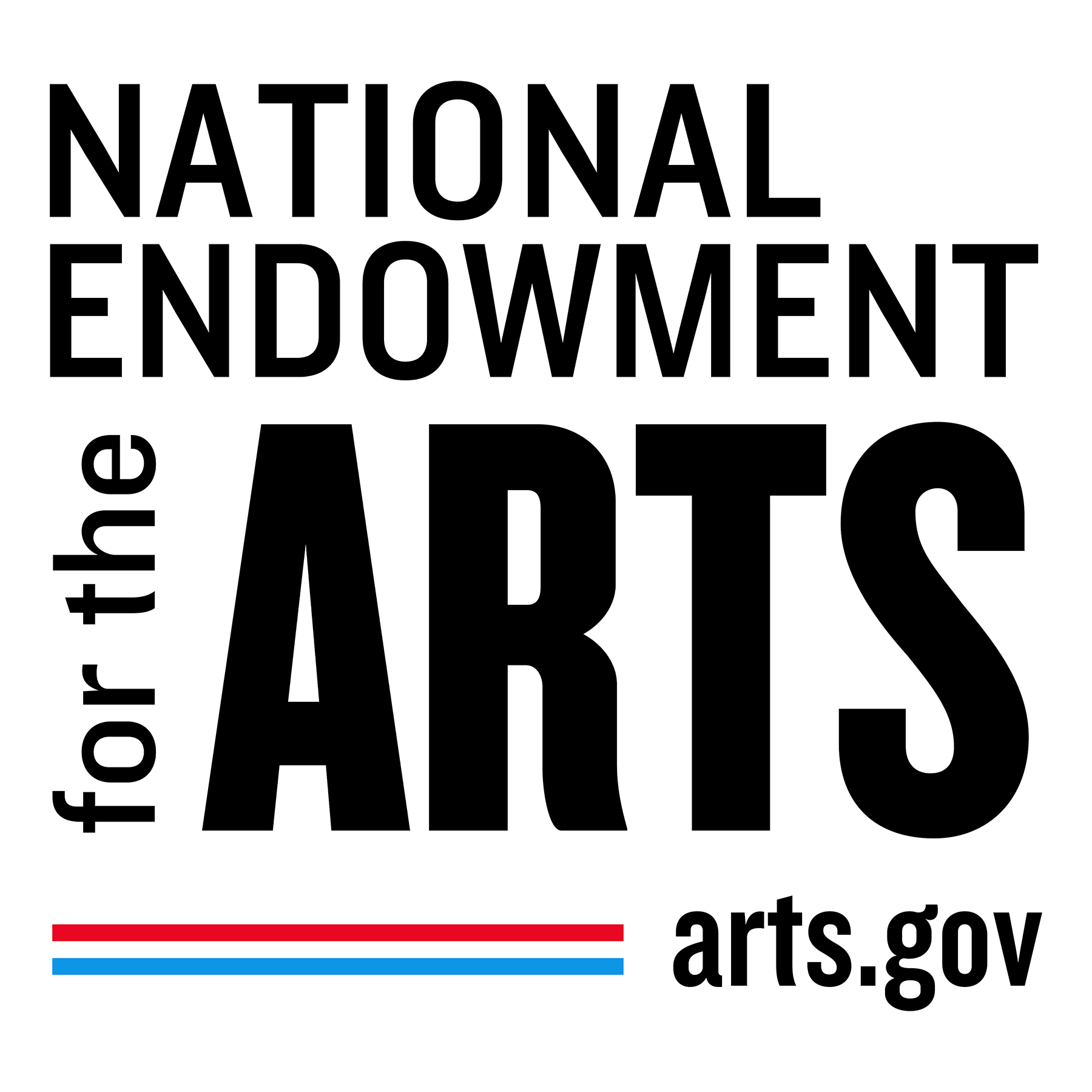
# # #
[EDITOR’S NOTE: High-resolution digital images available on request for publicity use. Request Images]
About The HuntingtonThe Huntington Library, Art Museum, and Botanical Gardens is a cultural and educational institution of global significance. Building on Henry E. and Arabella Huntington’s renowned collections, The Huntington supports research and promotes education in the arts, humanities, and botanical science through the growth and preservation of its collections; the development of a community of scholars, school programs, and partnerships; and the display and interpretation of its extraordinary resources for diverse audiences. The Huntington is located at 1151 Oxford Road, San Marino, California, 12 miles from downtown Los Angeles. Visitor information: huntington.org.
About PST ART: Art & Science Collide
Southern California’s landmark arts event, PST ART, returns in September 2024 with more than 60 exhibitions from museums and other institutions across the region, all exploring the intersections of art and science, both past and present. Dozens of cultural, scientific, and community organizations will join the latest edition, PST ART: Art & Science Collide, with exhibitions on subjects ranging from ancient cosmologies to Indigenous sci-fi, and from environmental justice to artificial intelligence. Art & Science Collide will share groundbreaking research, create indelible experiences for the public, and generate new ways of understanding our complex world. PST ART is presented by Getty. For more information about PST ART: Art & Science Collide, please visit pst.art.
Contacts
Keisha Raines, 626-405-2246, kraines@huntington.org
Thea M. Page, 626-405-2260, tpage@huntington.org
